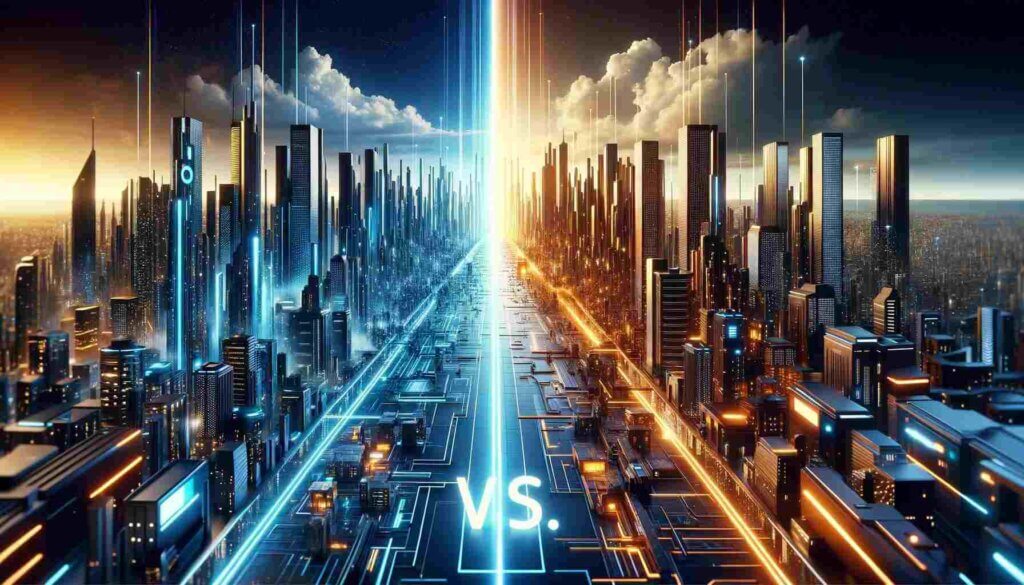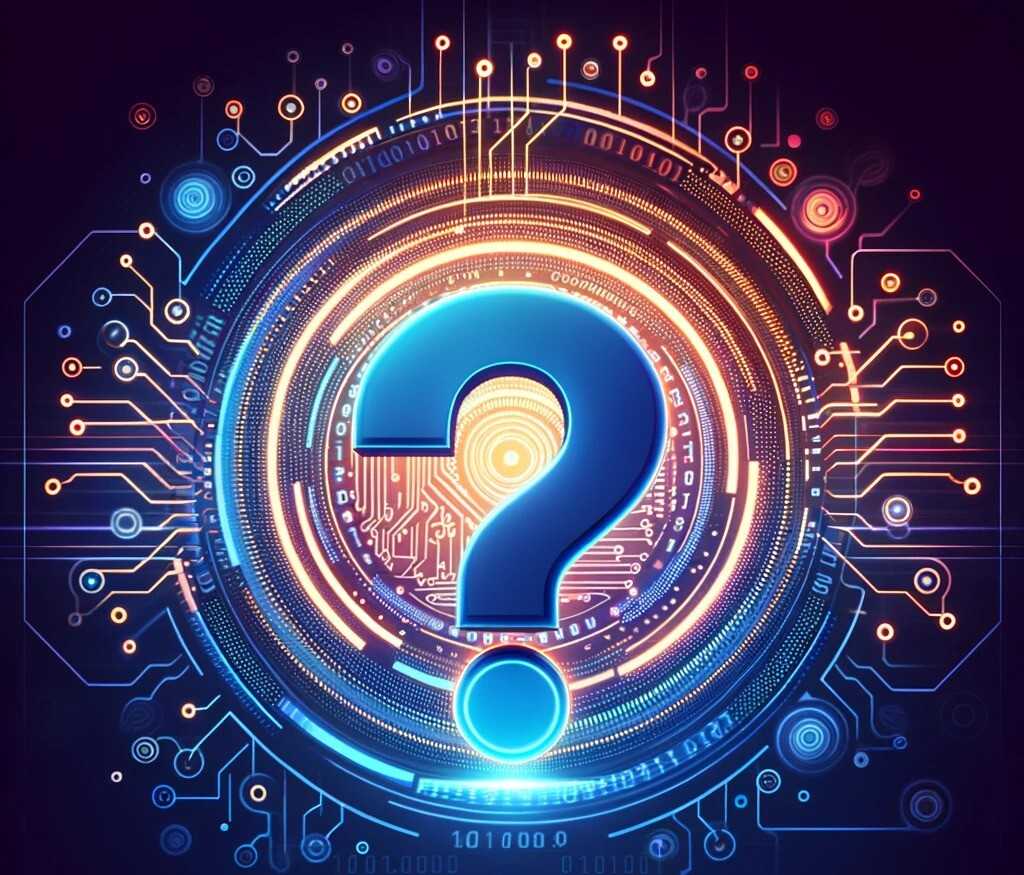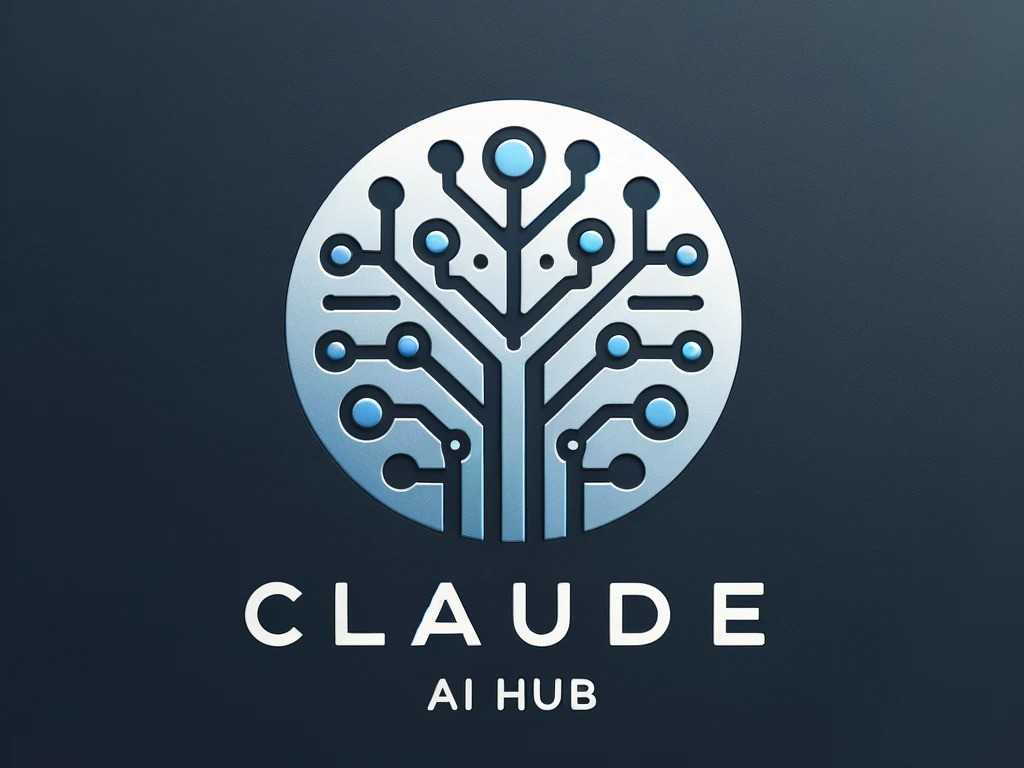Claude AI vs. ChatGPT – Comparison Between Anthropic’s and OpenAI’s Artificial Intelligence
Claude AI and ChatGPT emerge as titans in the Artificial Intelligence era, especially in the side of conversational AI technologies, each wielding its unique brand of digital intellect. At the heart of this epic showdown lies a tale of innovation, with Claude AI brandishing its latest arsenal, Claude 3, and ChatGPT countering with the formidable ChatGPT-4. This is not just a comparison; it’s a deep dive into the future of AI as we explore the philosophies and capabilities that set these giants apart. Join us as we navigate the intriguing contrasts and groundbreaking features that define Claude AI and ChatGPT, revealing why they’re not just tools but torchbearers of a new era in technology.
For the latest AI model comparison, please visit: Claude 3 vs ChatGPT-4o
Table of Contents
A Brief Overview of Claude AI
At the cutting edge of conversational AI, Claude AI, crafted by Anthropic, shines as a beacon of helpfulness, honesty, and safety. This isn’t just another AI; it’s a thoughtful companion designed to navigate the intricacies of natural language with a commitment to ethical integrity. Beyond delivering pinpoint accuracy in responses, Claude AI is on a mission to curb the spread of misinformation and toxic content. The crown jewel, Claude 3, takes customization to new heights with its remarkable steerability features. Imagine tweaking the AI’s tone, style, and even the substance of its responses with ease and precision. That’s Claude AI for you: a blend of ethical AI practices and user-centric innovation.
A Brief Overview of ChatGPT
OpenAI’s ChatGPT stands at the forefront of conversational AI evolution, embodying the pinnacle of language understanding and creative problem-solving. With ChatGPT-4, the boundaries of AI capabilities are not just pushed; they are redefined. This iteration is a powerhouse of context-aware intelligence, capable of navigating complex conversations, crafting stories, or unpacking scientific theories with an almost human-like grasp of nuances. Built on the robust foundation of GPT-4, ChatGPT-4 offers a glimpse into the future of AI, where machines can engage, inform, and entertain with the finesse of a seasoned human conversationalist.
Claude AI vs. ChatGPT: The Comparison
Claude AI and ChatGPT marks a significant evolution in how we interact with technology. This comparison delves into the core attributes that distinguish each model, ultimately spotlighting Claude AI for its pioneering approach to safety and ethical AI.

Ethical Considerations and Safety Features
Claude AI: A Benchmark in Ethical AI
Claude AI, developed by Anthropic, is at the forefront of ethical AI, embedding safety mechanisms designed to mitigate biases and prevent the dissemination of harmful content. Claude 3, its latest iteration, excels in interpreting nuanced instructions, positioning it as the safer alternative for sensitive contexts. Its commitment to minimizing risks associated with AI deployment sets a new standard for responsible technology.
ChatGPT: Striving for Ethical Balance
ChatGPT, while engineered with safety considerations, occasionally navigates challenges related to content biases and the generation of inappropriate responses. Despite these hurdles, OpenAI is dedicated to enhancing ChatGPT-4’s filters and training methodologies, aiming to harmonize creative freedom with ethical constraints.
Steerability and Customization
Claude 3: The Apex of AI Customization
The steerability of Claude 3 is unmatched, offering users unparalleled control over the AI’s output (really depends on prompts), including style, content, and personality. This exceptional feature benefits developers and enterprises in search of customizable AI solutions, underscoring Claude AI’s adaptability to diverse needs.
ChatGPT-4: Adaptive, Yet Limited
ChatGPT-4’s adaptability, facilitated by prompts, showcases its capability to mold responses according to user guidance. However, when it comes to the depth of customization, especially in modulating the AI’s behavior, Claude 3 outshines with its superior steerability, making it the go-to choice for specialized applications.
Performance and Applications
Both Claude 3 and ChatGPT-4 demonstrate excellence in understanding and generating natural language. Yet, their efficiencies differ across various domains.
Claude 3: Precision and Control
Celebrated for its precision in aligning with user instructions, Claude 3 is the ideal candidate for tasks demanding meticulous control over output, thereby ensuring outputs meet user expectations with remarkable accuracy.
ChatGPT-4: A Creative and Conversational Companion
ChatGPT-4 excels in creative content generation, engaging dialogues, and expansive explanations, backed by a vast knowledge base. Its prowess in contextual comprehension makes it a versatile tool for educational purposes, creative endeavors, and customer engagement.
Accessibility and Integration
The accessibility and integration capabilities of both models are crucial for widespread adoption.
Claude AI: Streamlined for Universal Use
Claude AI’s accessibility is thoughtfully designed to cater to a broad audience, including individuals and businesses. Its straightforward pricing and easy integration via API enhance its appeal, promoting its use across various sectors.
Related: How to Use Claude 3 on iPhone & Mac
ChatGPT-4: Community-Driven and Versatile
Powered by GPT-4, ChatGPT-4 is accessible through OpenAI’s API, with pricing plans that accommodate a spectrum of projects and enterprises. The robust community surrounding ChatGPT-4 offers extensive support, facilitating innovation and development.

Conclusion & Verdict
The choice between Claude AI and ChatGPT is nuanced, reflecting a balance between the need for ethical integrity, safety, customization, and creative versatility. Drawing upon my experience as a former user of ChatGPT and someone deeply immersed in the field of artificial intelligence, I have witnessed firsthand the strengths and limitations inherent in both models.
Claude AI, with its foundational commitment to safety, ethical AI practices, and an impressive degree of steerability, offers a tailored approach that resonates with applications demanding a higher degree of sensitivity and customization. This model’s dedication to minimizing biases and preventing harmful content generation makes it particularly valuable for users and developers seeking to navigate the complex ethical landscape of AI deployment. Its unique steerability feature, allowing for precise control over tone, style, and content, underscores its suitability for specialized conversational AI needs where nuanced control is paramount.
Conversely, ChatGPT, renowned for its versatility and creative prowess, continues to lead the industry with its broad knowledge base and capacity for generating engaging, context-aware responses. Its ability to adapt to a wide array of conversational scenarios has cemented its position as a go-to solution for educational purposes, creative writing, and customer service applications. The commitment of OpenAI to refine and address the ethical and safety challenges further illustrates the evolving nature of ChatGPT as a tool that balances open-ended creativity with responsible AI use.
As someone who has transitioned from ChatGPT to Claude AI for conversational AI applications, my preference leans towards Claude AI, particularly due to its stronger emphasis on safety and ethical considerations. This preference does not diminish the value and leadership of ChatGPT in the industry; rather, it highlights the specific contexts and priorities that guide the choice between these two advanced AI systems. Both Claude AI and ChatGPT stand as testaments to the rapid advancement of AI technology, each playing a crucial role in shaping the future of human-computer interaction with their distinct philosophies and capabilities.
Ultimately, the decision to choose between Claude AI and ChatGPT should be informed by a clear understanding of project requirements, ethical priorities, and the specific conversational nuances desired in AI interactions. While my current preference for Claude AI is shaped by its alignment with safety and ethical AI principles, it’s important to recognize that ChatGPT remains a powerful and innovative tool that continues to push the boundaries of what conversational AI can achieve. Both models are invaluable, each contributing uniquely to the dialogue between humans and machines.
FAQ

1. What are Claude AI and ChatGPT?
Claude AI and ChatGPT are advanced artificial intelligence models developed by Anthropic and OpenAI, respectively. They are designed to understand and generate natural language, enabling them to converse, answer questions, and provide information in a way that mimics human interaction.
2. How do Claude AI and ChatGPT differ in their approach to ethical AI and safety?
Claude AI places a strong emphasis on safety, ethical AI use, and the reduction of biases. It incorporates specific mechanisms to prevent the generation of harmful content. ChatGPT also prioritizes safety and has mechanisms in place to address content biases, but Claude AI is particularly noted for its nuanced control over ethical considerations.
3. What makes Claude AI stand out in terms of steerability and customization?
Claude AI offers a high level of steerability, allowing users to precisely guide the model’s tone, style, and content. This feature makes Claude AI especially suited for applications requiring detailed customization and control over the AI’s responses.
4. In what aspects does ChatGPT excel?
ChatGPT shines in its ability to generate creative content, engage in detailed conversational dialogues, and provide context-aware responses across a wide range of topics. Its strength lies in its versatility and broad knowledge base, making it a great choice for educational, creative, and customer service applications.
5. Can Claude AI and ChatGPT be integrated into existing systems?
Yes, both Claude AI and ChatGPT are accessible through their respective APIs, allowing for easy integration into existing software systems. This makes them adaptable for a wide range of applications, from personal projects to large-scale enterprise solutions.
6. Which AI model is better for sensitive applications requiring ethical consideration?
Due to its focus on safety, reduction of biases, and ethical AI use, Claude AI is often preferred for sensitive applications that require a higher degree of ethical consideration and control over content generation.
7. Are there any challenges associated with using ChatGPT?
While ChatGPT is a powerful tool for conversational AI, it has faced challenges related to content biases and the generation of inappropriate responses. OpenAI continuously works to improve ChatGPT’s filters and training processes to mitigate these issues.
8. How do the pricing and accessibility of Claude AI and ChatGPT compare?
Both models offer different pricing tiers and accessibility options designed to cater to a variety of users, from individuals to enterprises. Claude AI and ChatGPT provide clear pricing models and API documentation to facilitate integration and usage.
9. Which AI model should I choose for my project?
The choice between Claude AI and ChatGPT depends on your project’s specific requirements, including the need for ethical sensitivity, customization level, and the type of conversational interaction desired. Claude AI is preferred for projects requiring nuanced ethical consideration and customization, while ChatGPT is well-suited for a broad range of applications due to its versatility and creative capabilities.
10. How are Claude AI and ChatGPT shaping the future of AI?
Both Claude AI and ChatGPT are at the forefront of conversational AI technology, each contributing to the advancement of human-computer interaction. By addressing ethical considerations, enhancing safety features, and pushing the boundaries of natural language understanding and generation, they play pivotal roles in shaping the future of AI.
Which one is your favorite? Share your opinions in the comments below.







